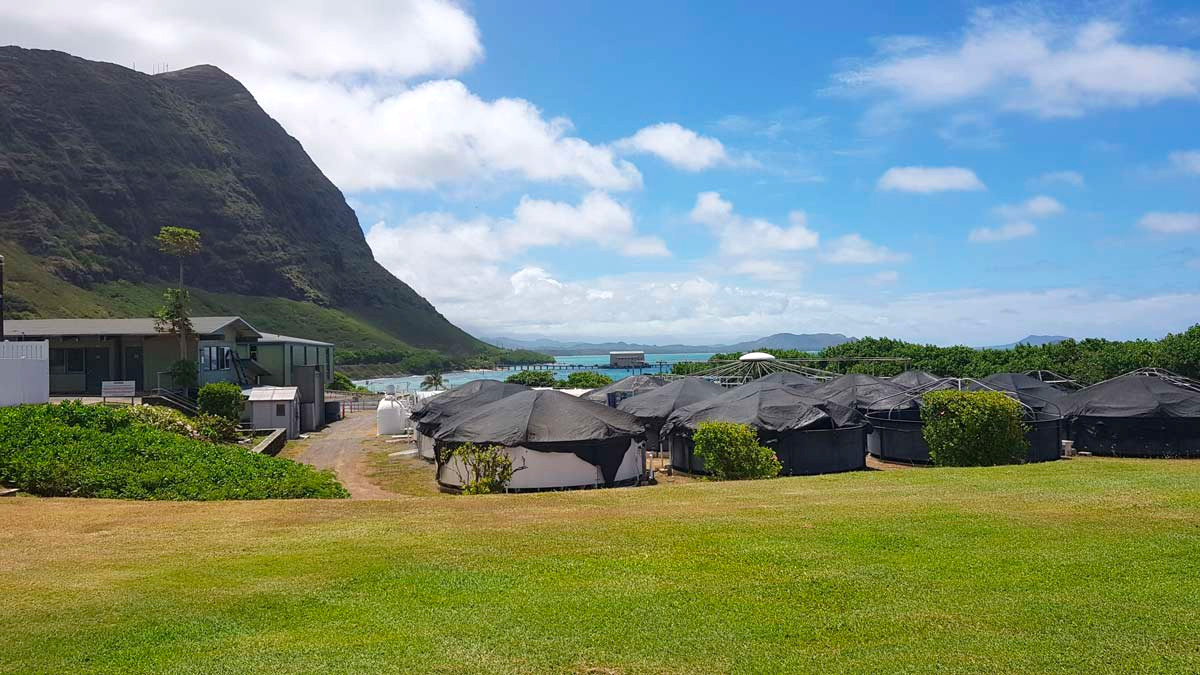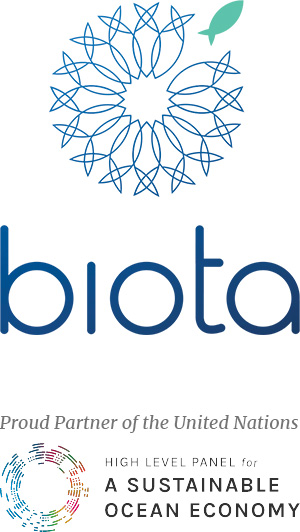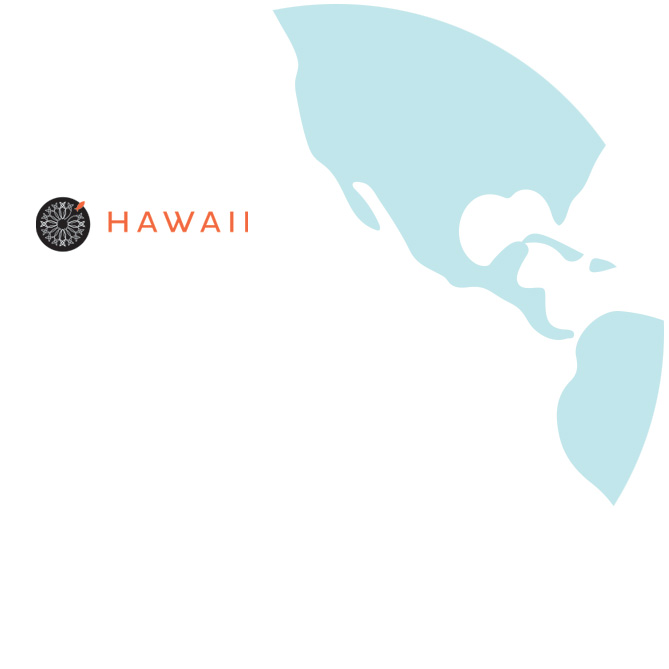Biota Hawaii
Our Hawaii Location
Oceanic Institute of Hawaii
Pacific University, 41-202 Kalaniana’ole Hwy,
Waimanalo, HI 96795
Address
Biota Hawaii, Hawaii
About Us
- Multi species hatchery
- Located inside Oceanic institute
- Cultured fish
- Fully licensed for collection, culture and export

James Gorke
General Manager
James Gorke holds degrees in business management and aquaculture technologies. With over 10 years of experience, James cultured more than two dozen species of marine fishes and invertebrates. James further enhanced his qualifications through certifications from AALSO (Aquatic Animal Life Support Operators). James has also contributed to the academic world as an adjunct professor at Carteret Community College teaching Hatchery Management labs and classes.
During his tenure at CCC, James conducted research on blue crab rearing for food aquaculture. James also played a role in the establishment of Biota NC alongside his mentor Todd Gardner. Learning directly from a renowned figure in the field, James acquired valuable knowledge, further solidifying his standing as a respected aquaculturist. Building upon this success, James then ventured to Hawaii to manage Biota HI, a testament to his leadership skills and expertise in marine biology. His passion and expertise contributes to our mission of promoting sustainable aquaculture practices and preserving our precious marine ecosystems.
Dr. Chatham Callan
Director of the Finfish Research
Dr. Chatham (Chad) Callan is currently the Director of the Finfish Research Program at Oceanic Institute of Hawaii Pacific University (OI). OI has been a world leader in the development of applied aquaculture technologies for both marine fish and shrimp for over 50 years.
Prior to coming to OI, he received his MS and PhD degrees in Marine Biology from The University of Maine. Chad has been at OI for over 14 years and has researched the culture of numerous marine fish species ranging from Mullet, Jacks, Rabbitfish and Groupers as well as ornamental species such as Dwarf Angelfish and Yellow Tang. In 2015, his lab at OI was the first to successfully culture the Yellow Tang, which is the most commercially important reef species in that region.
His lab continues to refine the culture processes for this, and many other, marine species in aims to provide additional sustainable alternatives to their wild collection.
Join The Movement!
Sign up for the Biota Bulletin, a newsletter for aquarium keepers who care about conservation.


